

The Bush Tucker Posters detail information on the nutrition bush tucker foods provides to the Aboriginal people. These posters can be used as a display and to start conversations with children on bush tucker.
The Australian Dot Colouring provides 8 Australian animals on a background of dots. Children can make patterns using different colour paints, textas, crayons, cotton swabs etc. Originally, indigenous people of Australia used dots to disguise the sacred meanings behind the stories in the paintings. They drew designs that included dots on the soil, sand, and made body paintings for ceremonies because they could easily erase them as they were considered sacred.
Aboriginal Symbols are symbolic language that Indigenous Australians use to tell stories of the Dreamtime and are used in contemporary art. Using these aboriginal symbol flashcards, children can be introduced to Indigenous Culture. These flashcards can be used in numerous ways to extend upon children knowledge.
A yarning circle is the practice of speaking and listening from the heart, for sitting together to talk and listen and share ideas and stories.
Raising awareness about Aboriginal culture is an important aspect of children’s learning and growing a bush tucker garden, children will show a growing appreciation for native edible Australian plants.
This activity encourages children to appreciate the positive things that they can learn from Aboriginal and Torres Strait Islander people every day.
From 27 May to 3 June National Reconciliation Week is a time for all Australians to engage in shared histories and cultures, and understand how we can all work towards reconciliation. The following article provides Curriculum Ideas To Implement during National Reconciliation Week.
Through engaging with translations of a song into a number of different Aboriginal and Torres Strait Islander languages, children will develop a shared appreciation of, and pride in, the diversity of Aboriginal and Torres Strait Islander languages.
 Open ended questions cannot be responded to with one word answers such as yes or no. These types of questions enables a child to provide… Read More
Open ended questions cannot be responded to with one word answers such as yes or no. These types of questions enables a child to provide… Read More
 During your child’s preschool years, an important milestone begins to emerge. This is the development of pre-writing skills. Pre-writing skills are used to encourage, develop… Read More
During your child’s preschool years, an important milestone begins to emerge. This is the development of pre-writing skills. Pre-writing skills are used to encourage, develop… Read More
 Open ended materials enables children to play freely. They are objects that have no rules to follow, use or function. Raw materials that can be… Read More
Open ended materials enables children to play freely. They are objects that have no rules to follow, use or function. Raw materials that can be… Read More
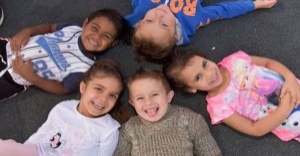 An Acknowledgment of the Country is a way of showing respect for the Traditional Owners and can be given by both non-Indigenous people and Aboriginal… Read More
An Acknowledgment of the Country is a way of showing respect for the Traditional Owners and can be given by both non-Indigenous people and Aboriginal… Read More
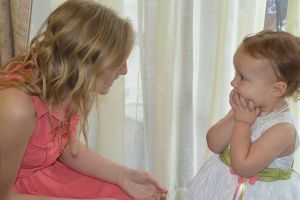 Language plays an important role in a child’s development. It enables a child to communicate effectively with their family, learn at school, socialize with friends,… Read More
Language plays an important role in a child’s development. It enables a child to communicate effectively with their family, learn at school, socialize with friends,… Read More
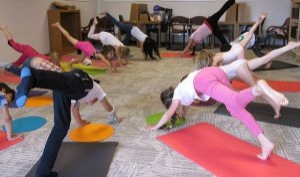 Like adults, children have to deal with their own stress in life. Moving house, starting a new school, preparing for a new sibling - these are… Read More
Like adults, children have to deal with their own stress in life. Moving house, starting a new school, preparing for a new sibling - these are… Read More
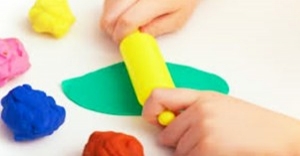 Playdough is such a versatile material. It provides numerous benefits to children as they manipulate it, it is safe and soothing and provides children with… Read More
Playdough is such a versatile material. It provides numerous benefits to children as they manipulate it, it is safe and soothing and provides children with… Read More
 Teaching children about sustainability enables them to appreciate and respect the natural environment. Early childhood services can provide meaningful hand on learning experiences in order… Read More
Teaching children about sustainability enables them to appreciate and respect the natural environment. Early childhood services can provide meaningful hand on learning experiences in order… Read More
 Recycling is an important concept that teaches children to care for the environment. It encourages children to be responsible and show a growing appreciating for… Read More
Recycling is an important concept that teaches children to care for the environment. It encourages children to be responsible and show a growing appreciating for… Read More
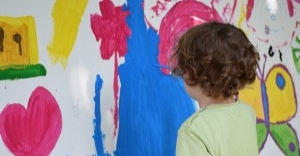 When children apply paint to paper, glue things together, or pound a lump of clay, they experiment with colour, shape design and texture.
Read More
When children apply paint to paper, glue things together, or pound a lump of clay, they experiment with colour, shape design and texture.
Read More
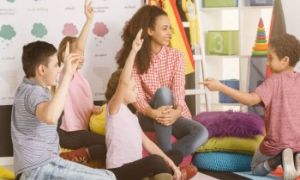
The following lists the sub-outcomes, examples of evidence that children can achieve each sub-outcome and...
See more...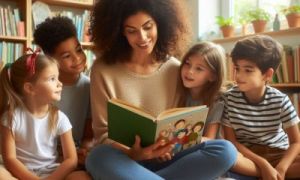
Reading books about diversity to children helps them understand and appreciate the many ways people can...
See more...
Reflection is a valuable tool for personal growth and learning; critical reflection takes it a...
See more...© 2009-2025 Aussie Childcare Network Pty Ltd. All Rights Reserved.

